Description
Salmonella Shigella Agar (SS) Granule: A Comprehensive Overview
Introduction to SS Agar
Salmonella Shigella Agar (SS) granules are essential for microbiology laboratories focused on isolating pathogenic enteric bacilli, particularly those from the genus Salmonella. This moderately selective and differential media plays a crucial role in identifying harmful microorganisms that can impact public health. It is specifically designed to support the growth of Salmonella and Shigella while suppressing gram-positive bacteria.
Key Components and Preparation
The formulation of SS Agar includes a blend of vital ingredients, each contributing to its selective properties. The approximate formula per liter of distilled water is as follows:
- Beef Extract: 5.0 g
- Sodium Thiosulfate: 8.5 g
- Proteose: 5.0 g
- Ferric Citrate: 1.0 g
- Lactose: 10.0 g
- Neutral Red: 0.025 g
- Bile Salt No.3: 8.5 g
- Brilliant Green: 0.00033 g
- Sodium Citrate: 8.5 g
- Agar: 17.0 g
To prepare the medium, dissolve 63.53 g of the SS Agar powder in one liter of distilled or deionized water. Mix thoroughly, heat with agitation, and boil for one minute to ensure complete dissolution. Remember, do not autoclave the medium. Once cooled to approximately 45-50°C, pour the mixture into Petri dishes and let them dry for around two hours with the covers partially removed.
Mechanism of Action
SS Agar’s effectiveness stems from its selective ingredients, which inhibit the growth of gram-positive organisms. Bile salts, brilliant green dye, and sodium citrate work synergistically to create an environment conducive to the growth of enteric pathogens. The lactose component differentiates between lactose fermenters and non-fermenters. Organisms like E. coli, which ferment lactose, produce acid that turns colonies red due to the neutral red pH indicator. In contrast, non-fermenters, primarily comprising Salmonella and Shigella, form colorless colonies. Additionally, the inclusion of sodium thiosulfate and ferric citrate allows for the detection of hydrogen sulfide production, indicated by black-centered colonies.
Storage and Shelf Life
For optimal performance, store SS Agar tightly capped in its original container at temperatures between 5-30°C. The dehydrated medium boasts a shelf life of three years from the manufacturing date, while prepared plates should be kept out of direct light at 2-8°C to maintain their integrity and functionality.
Quality Control and Testing
To ensure the reliability of SS Agar, it is crucial to conduct quality control testing. Inoculate the medium and incubate at 36±1°C for 18-24 hours. This process helps verify the selective and differential capabilities of the medium, confirming its effectiveness in isolating pathogenic bacteria.
Conclusion
In summary, Salmonella Shigella Agar granules are indispensable tools in microbiology for efficiently isolating and identifying enteric pathogens. With its unique formulation and straightforward preparation process, SS Agar remains a cornerstone in clinical and research laboratories. By utilizing this specialized medium, researchers can effectively detect and study dangerous bacteria, ultimately contributing to better health outcomes and enhanced food safety.
visit our [Other Series] for more related products



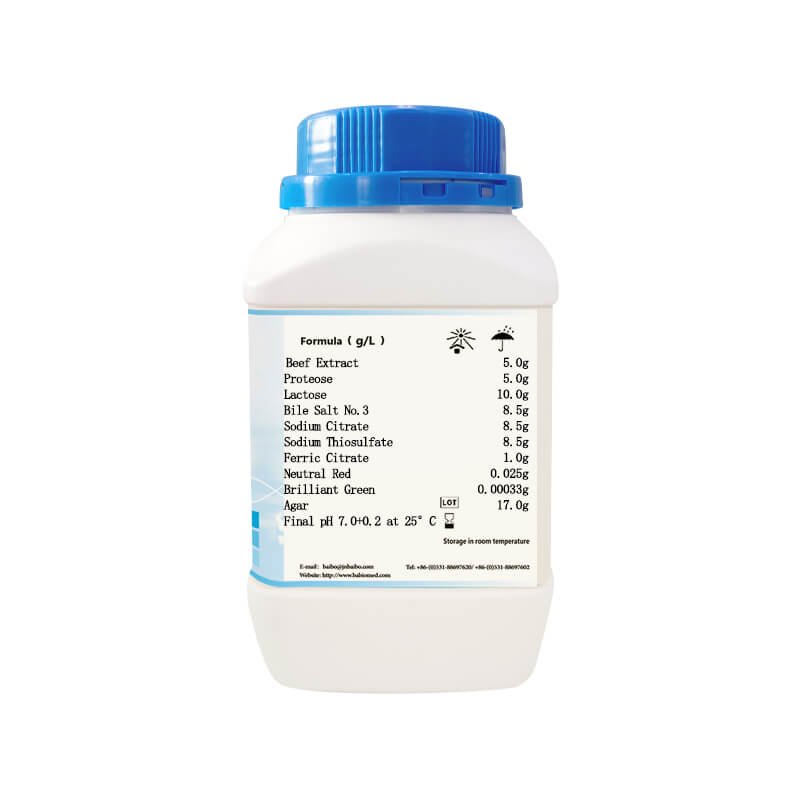

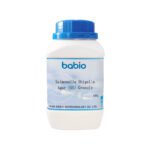
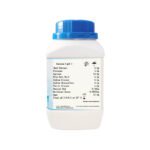
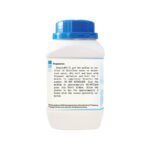
颗粒Potato-Dextrose-Agar-Granule0-1-400x400.jpg)
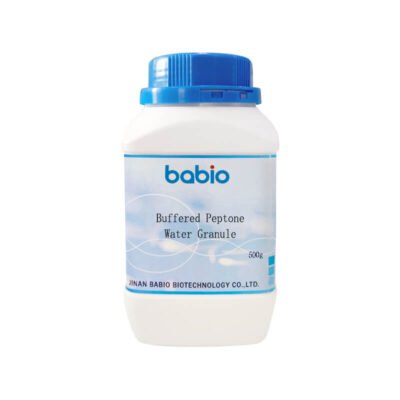
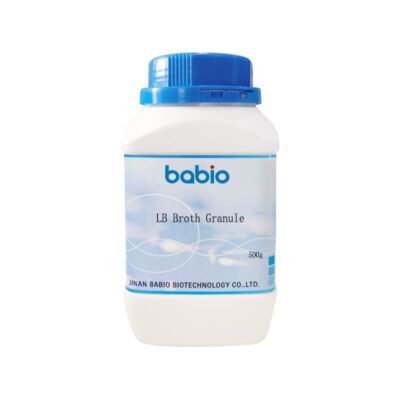
Reviews
There are no reviews yet.